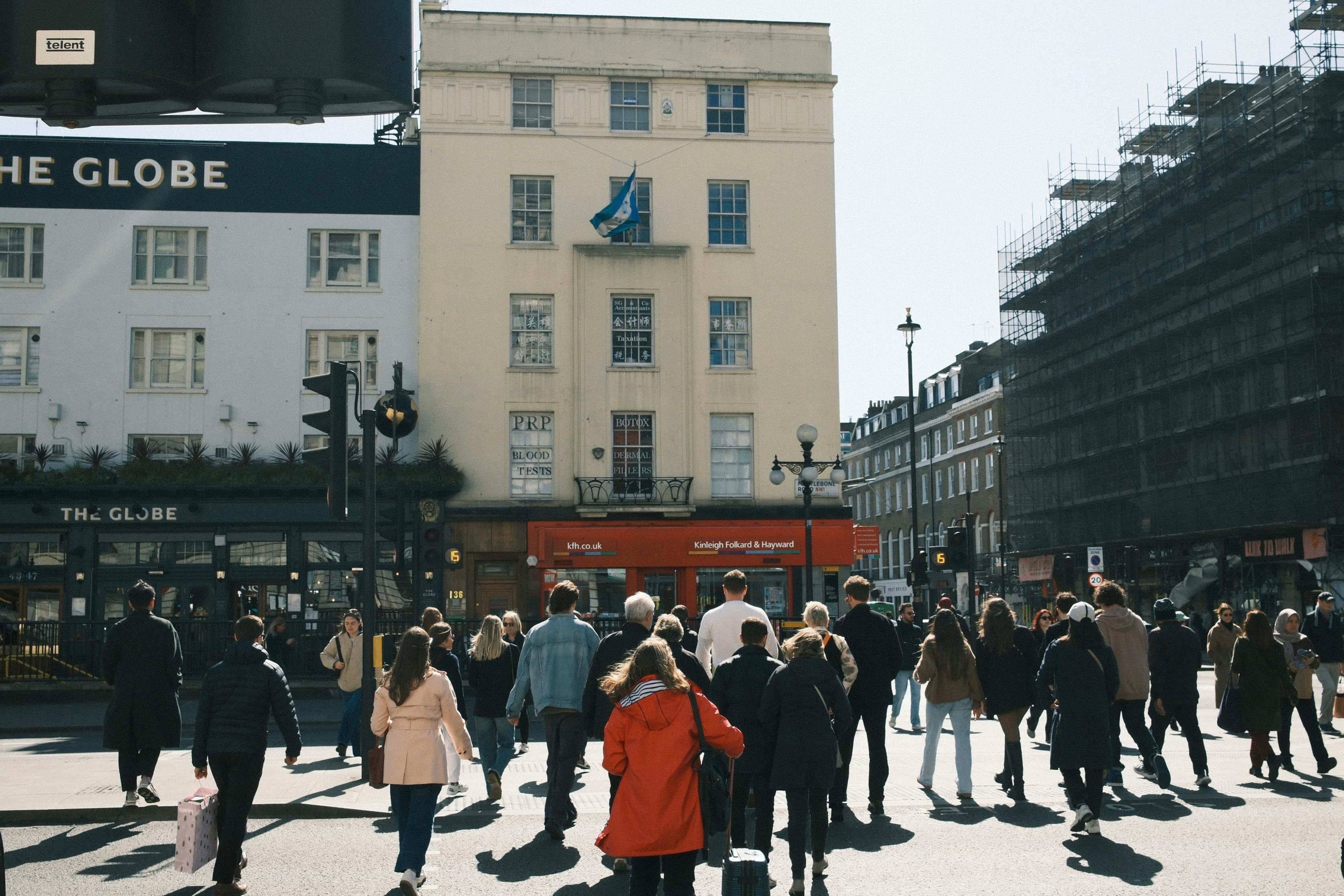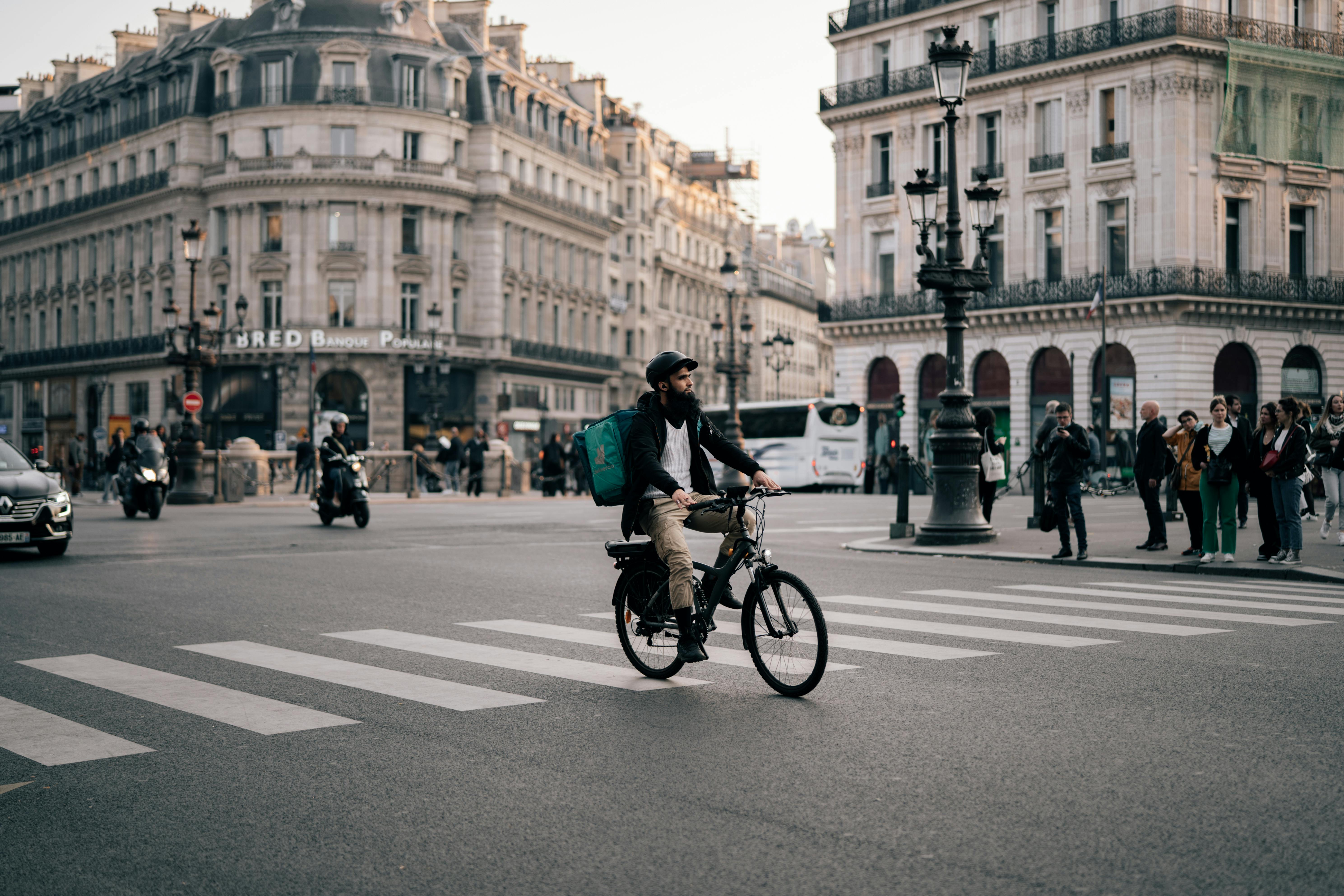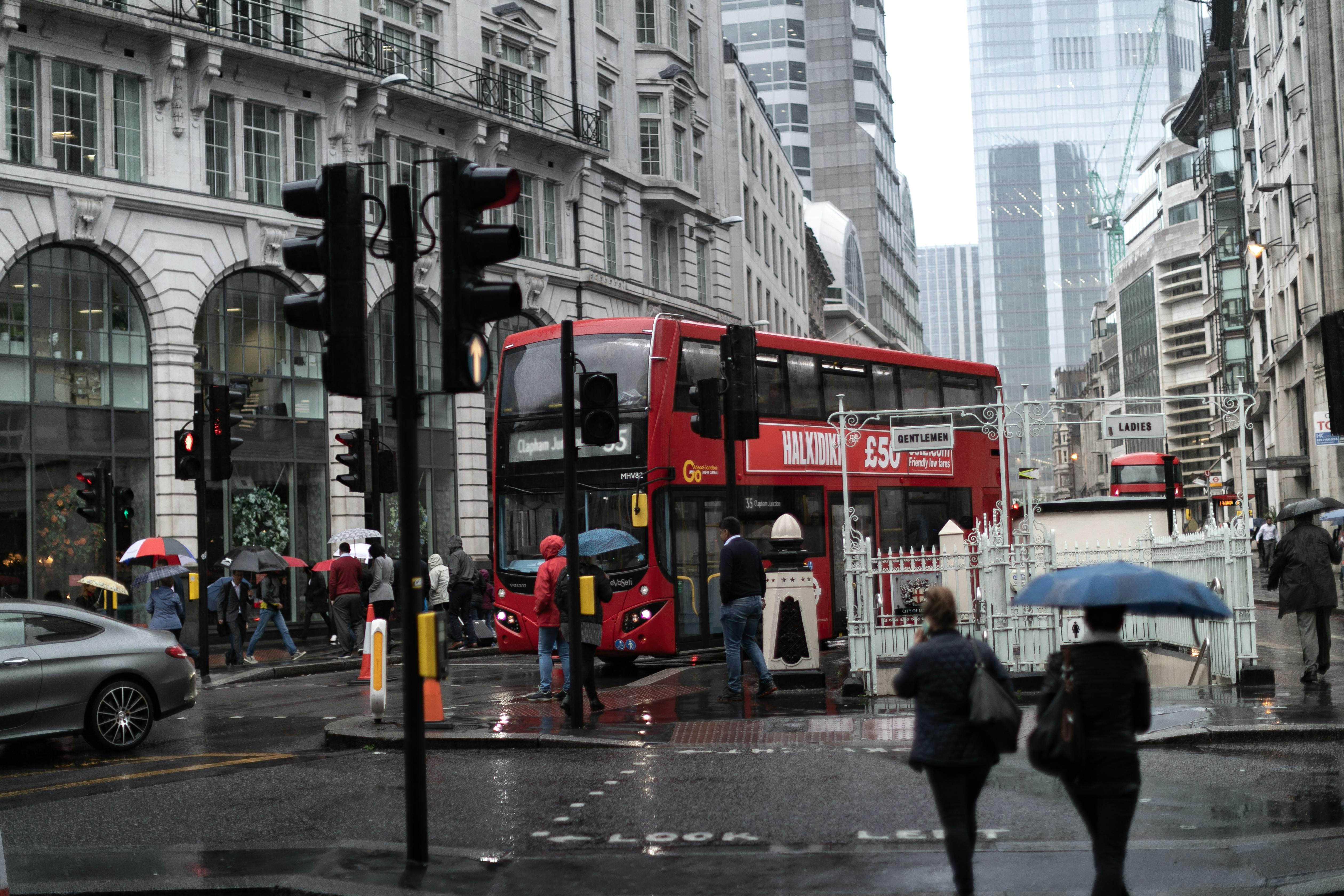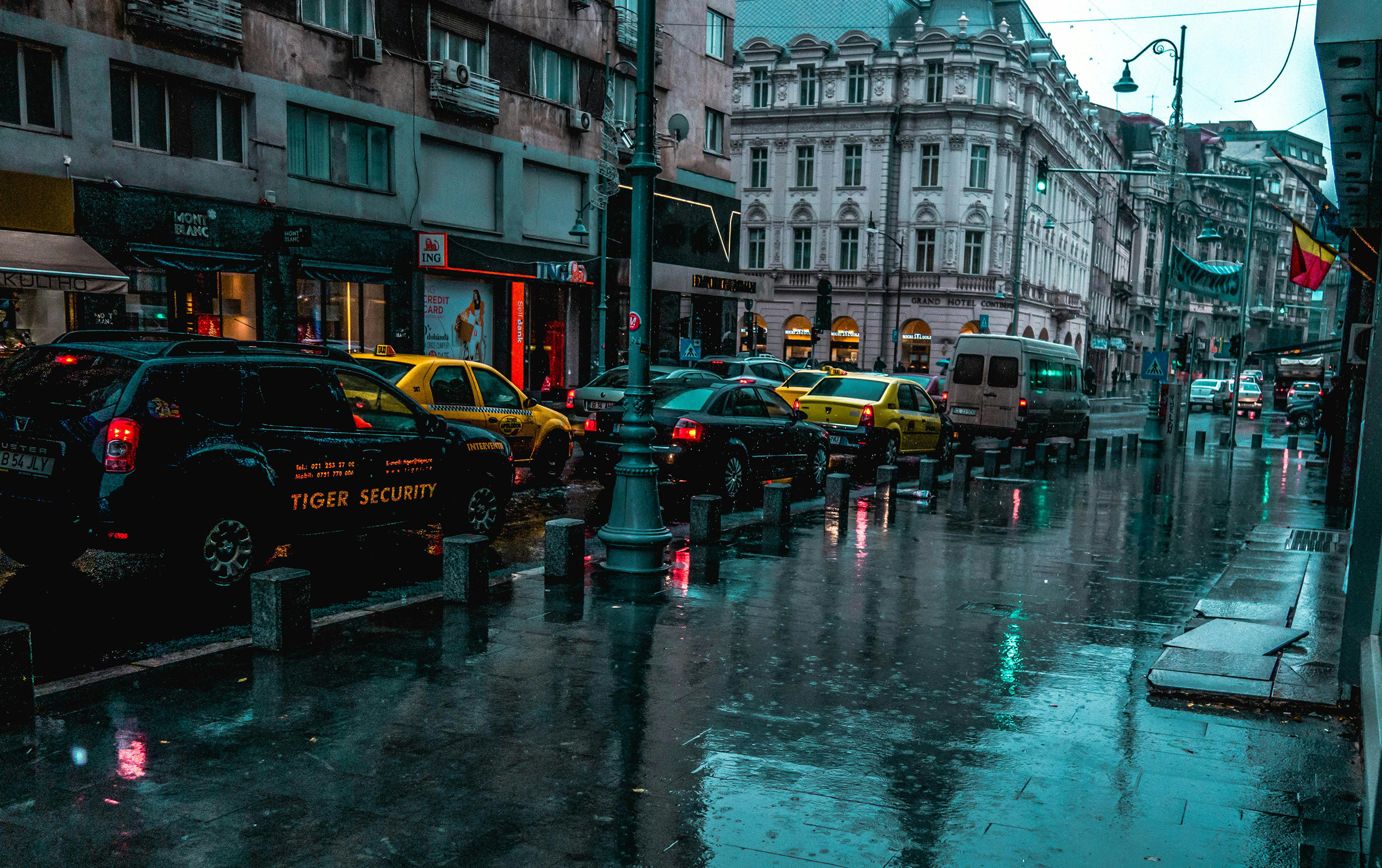Shopping habits are evolving faster than ever. Gone are the days of waiting weeks for a parcel to arrive or spending hours browsing in-store. Today, fashion lovers want instant gratification—ordering the latest trends with just a few taps and having them delivered the same day. Instant fashion delivery is no longer a luxury; it’s an expectation. But how is this shift shaping consumer behaviour, and what does it mean for sustainability?
The Rise of Instant Fashion Delivery
The demand for speed is undeniable. Research shows that 56% of shoppers say the speed of delivery influences their purchasing decisions, while a staggering 41% expect same-day delivery as an option when shopping online. This change has forced retailers to rethink their logistics, moving from centralised warehouses to local fulfilment hubs, ensuring customers get their purchases faster than ever.
The Psychology of Instant Gratification
Why do consumers crave speed? Instant fashion delivery feeds into the psychology of immediate gratification. The excitement of receiving an order within hours mimics the rush of in-store shopping but with added convenience. As fashion trends move at lightning speed, shoppers want to wear their new pieces as soon as possible—whether for an event, social media post, or simply because waiting is no longer the norm.
Technology: The Driving Force Behind Fast Fashion Logistics
Innovative technology is at the heart of this transformation. AI-driven inventory management, real-time tracking, and smart route optimisation enable brands to fulfil orders with unprecedented efficiency. Retailers are leveraging data to predict demand, reducing overproduction and minimising waste—a crucial step toward a more responsible industry.
The Sustainability Challenge: Can Speed and Ethics Coexist?
While instant delivery offers unmatched convenience, it also raises concerns about its environmental impact. Frequent deliveries, multiple trips, and increased packaging contribute to a growing carbon footprint. However, leading retailers and logistics companies are taking action:
Eco-friendly Delivery Vehicles – Electric and hybrid delivery fleets are being introduced to reduce emissions. Companies like Onelivery are investing in sustainable last-mile solutions to minimise environmental impact.
Sustainable Packaging – Many brands now use biodegradable or recyclable materials to cut down on waste. Consumers are also encouraged to choose “green delivery” options, consolidating shipments to lower emissions.
Local Fulfilment Strategies – By storing inventory closer to consumers, retailers can shorten delivery distances, reducing the environmental cost of express shipping. While fast fashion itself has sustainability challenges, responsible logistics can significantly mitigate its environmental toll.
The Future of Fashion Delivery
Instant delivery is here to stay, but the focus is shifting towards speed with responsibility. Consumers are becoming more conscious of their purchasing choices, and brands must balance efficiency with sustainability. By investing in green logistics and ethical production, the industry can cater to modern demands while minimising environmental harm.









